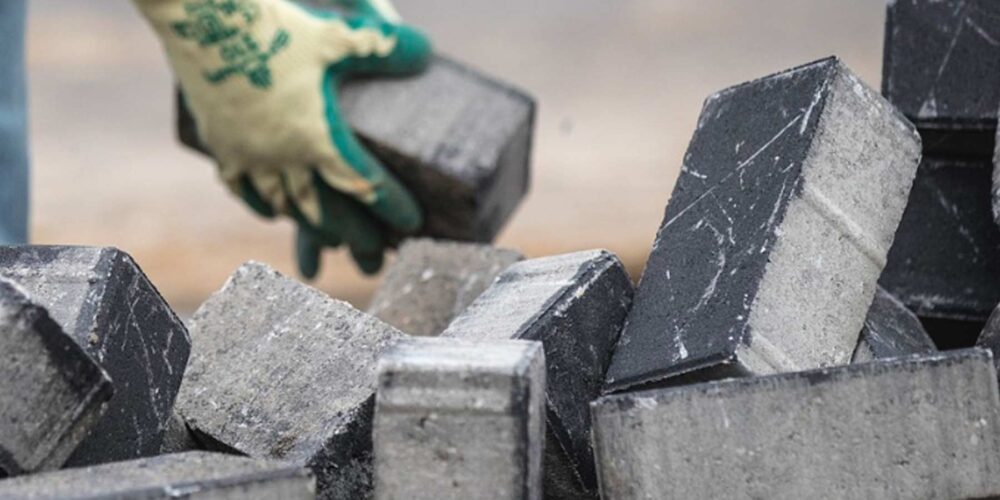
Antimicrobial photocatalytic coatings on sustainable construction materials carriers
- Fellow
- Gurbir Kaur
- Countries
- Ireland, Spain
- Institutions
- Trinity College Dublin
Universidad de Navarra - Contact
- gkaur@external.unav.es
Dr Gurbir Kaur Trinity College Dublin & Universidad de Navarra, Departamento de Química – Facultad de Ciencias, Spain
Dr. Gurbir Kaur is developing sustainable construction materials with antimicrobial properties to combat airborne infections in indoor environments. Her interdisciplinary research project addresses two major global concerns: the increase in healthcare-associated infections (HAIs) and the escalating carbon emissions driving climate change. HAIs can occur within 48 hours of hospital admission due to the microbial-rich environment. Microorganisms are present on all surfaces within hospitals, and Dr. Kaur is designing and implementing strategies to reduce or inactivate these microorganisms. The materials in this research use industrial waste, specifically red mud (RM), as partial cement replacement. This promotes recycling, encourages the circular economy, and utilises materials with low embodied carbon and low energy input. RM, a byproduct of alumina production, is a significant environmental concern due to its high alkalinity and large volumes. However, it can be leveraged in the construction industry for producing low-carbon cementitious materials and environmental remediation. Photocatalysis, a natural chemical process, will be used to inactivate microorganisms present in the air. This technique, which utilises solar energy, is promising for environmental remediation as it can degrade microorganisms and pollutants in water, air, and soil. To improve the sensitivity of the photocatalyst for indoor lighting applications, strategies involving doping will be explored.
The key research objectives of the study involve the design and characterization of sustainable construction materials incorporating iron-rich industrial solid waste. Additionally, the study investigates the synergistic effect of these sustainable construction materials as natural dopants with selected immobilized photocatalysts. Preliminary investigations involve the preparation and application of TiO2 nanoparticle coatings on cementitious mortar substrates, formation of Fe2O3-TiO2 heterostructures, and verification of their photocatalytic and antibacterial properties under visible light.
Dr. Kaur is supported by her mentors, Prof. José Ignacio Álvarez Galindo of the University of Navarra (Spain) and Prof. Sara Pavia of Trinity College Dublin (Ireland). The study supports the circular economy and the United Nations’ Sustainable Development Goals (SDGs) 11 to 13, focusing on sustainable cities and communities, responsible consumption and production, and climate action.
News
Gurbir will present her research on healthcare-associated infections (HAIs) and carbon emissions by using waste as partial cement replacement at the CEES 2025 conference in Bari, Italy, from June 11-13, 2025. For more information, visit CEES 2025.